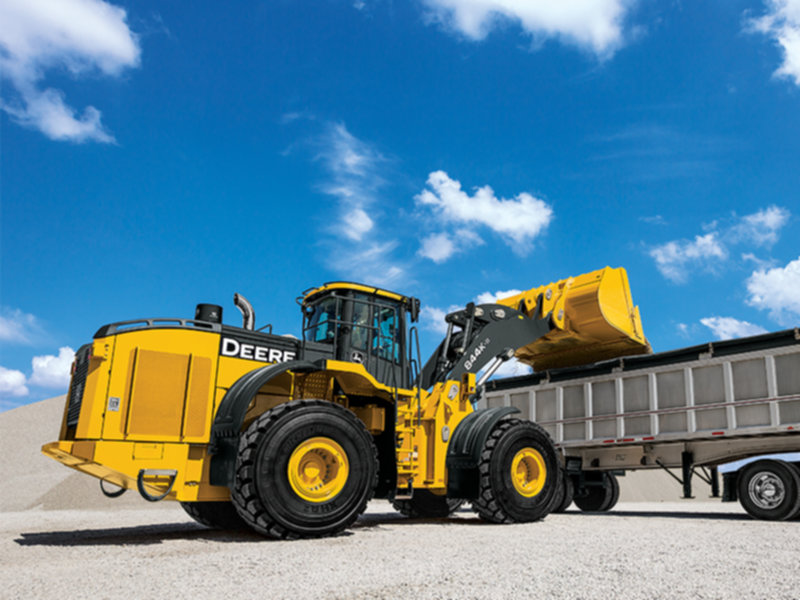Scissor Lift Rental: Safe and Effective Solutions
Scissor Lift Rental: Safe and Effective Solutions
Blog Article
Renting Out Vs. Buying Building And Construction Devices: Making the Right Selection for Your Job
When beginning on a construction task, one of the critical decisions that forecast stakeholders and supervisors deal with is whether to rent or acquire building equipment. Both options have their advantages and drawbacks, making the option an essential one in the task planning process. The choice depends upon various factors such as expense factors to consider, project period, equipment upkeep, danger, adaptability, and scalability administration. Each aspect plays an important role in determining one of the most appropriate path for the job's equipment demands. boom lift rental. Let's check out these aspects better to recognize just how they impact the decision-making procedure and ultimately the success of the job.
Expense Considerations
When reviewing the economic aspect of purchasing versus renting building tools, the ahead of time prices and lasting expenditures must be carefully considered. Renting out tools usually calls for reduced first repayments compared to purchasing, making it an appealing option for short-term projects or professionals with spending plan constraints. Renting out gets rid of the requirement for large funding expenses and lowers the economic risk connected with devices ownership, such as upkeep and depreciation costs. However, over time, consistently renting out equipment can accumulate greater prices than buying, particularly for prolonged tasks.
On the other hand, acquiring building equipment entails higher ahead of time costs yet can result in long-lasting financial savings, especially for long-lasting projects or regular users. Eventually, the choice between acquiring and renting building devices pivots on the task's period, frequency of usage, budget factors to consider, and lasting monetary goals.
Project Duration

Conversely, for lasting tasks or recurring construction work, buying equipment can be the more affordable choice. Purchasing devices can bring about cost savings in the future, especially if the tools will be frequently used. Moreover, possessing equipment supplies a feeling of control over its schedule and permits modification to fit specific job requirements.

Equipment Maintenance
Offered the crucial duty project duration plays in establishing the most cost-effective strategy between leasing and acquiring building and construction equipment, the focus currently shifts towards examining the important aspect of equipment maintenance. On the other hand, owning equipment calls for an aggressive approach to upkeep to prevent breakdowns, ensure safety, and extend the tools's life expectancy. Inevitably, a well-kept building equipment fleet, whether rented out or had, is necessary for the efficient and successful completion of building tasks.
Versatility and Scalability
In the world of building and construction equipment administration, the facet of flexibility and scalability holds significant significance for job effectiveness and resource usage. Deciding to lease construction equipment provides a high degree of flexibility as it allows for the fast modification of equipment types and amounts based on the advancing demands of a task.
Moreover, scalability, one more critical element, is naturally linked to adaptability. Renting out building and construction tools provides the benefit of conveniently scaling operations up or down as task demands change. Contractors can rapidly exchange or add equipment to match the job's transforming demands without the restrictions of owning assets that may become underutilized or outdated. This capacity to range sources effectively can result in expense savings and enhanced project timelines, making renting out a favorable option for projects calling for flexibility and responsive resource allocation.
Risk Management
Efficient risk management in building and construction devices procedures is critical to ensuring project success and mitigating potential financial losses. Building and construction projects inherently include numerous risks, such as equipment break downs, mishaps, and task delays, which can substantially pop over to these guys affect the task timeline and budget. By carefully considering the risks related to owning or renting building and construction devices, project supervisors can make informed decisions to decrease these possible threats.
Leasing building and construction tools can offer a degree of risk mitigation by transferring the responsibility of repair and maintenance to the rental company. This can decrease the economic problem on the job proprietor in case of unexpected tools failures (boom lift rental). In addition, renting out provides the flexibility to accessibility specialized equipment for certain job phases, lowering the danger of having underutilized equipment
On the various other hand, having building devices provides a sense of control over its use and maintenance. However, this also implies bearing the complete duty for repair services, upkeep expenses, and devaluation, increasing the economic risks connected with equipment possession. Mindful danger evaluation and consideration of aspects such as task period, tools utilization, and maintenance needs are critical in determining the most appropriate alternative for effective risk management in construction jobs.
Verdict
In conclusion, when deciding between acquiring and renting out construction equipment, it is very important to think about expense, job period, tools maintenance, scalability, flexibility, and threat administration. Each aspect plays an essential role in determining one of the most ideal choice for the project at hand. By meticulously evaluating these elements, project managers can make an educated choice that aligns with their budget, timeline, and total project objectives.

Report this page